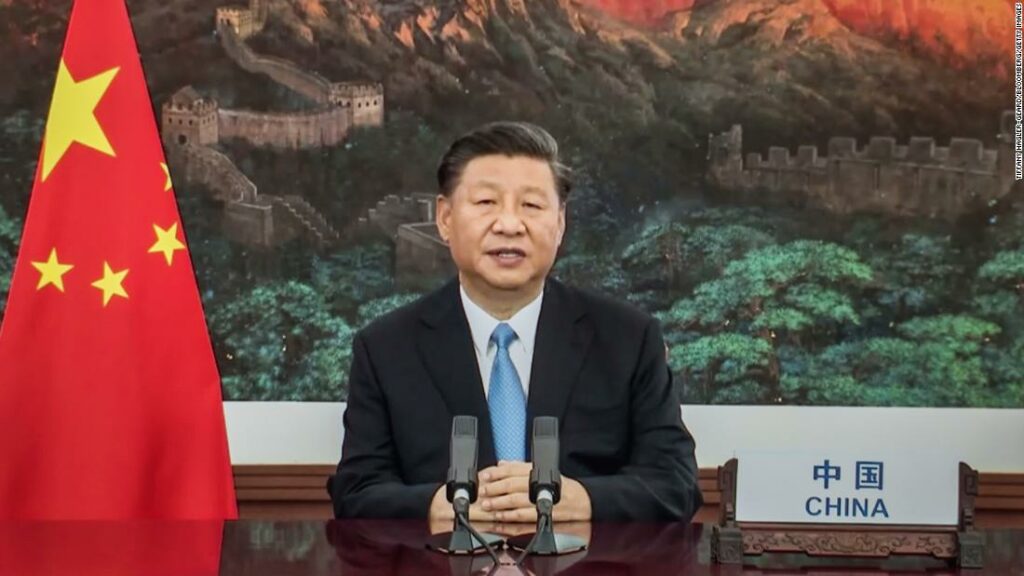Chinese President Xi Jinping said his government plans to strengthen China’s climate pledges and called for a green revolution in a surprising statement at the UN. Nevertheless, he left more than a few questions open on how the country plans to achieve its ambitious targets.

With climate negotiations on pause amid the pandemic, there wasn’t much hope for progress this year at the UN General Assembly. Nevertheless, Xi Jinping decided to shake things up by committing to more ambitious emission targets and calling for a green recovery for the world amid the pandemic. China will now aim to reach peak emissions before 2030 and then carbon neutrality by 2060. The country is the world’s largest source of carbon dioxide, accountable for about 28% of the global emissions.
Until now China had said it would peak emissions by 2030 but avoided committing to a long-term goal. Emissions in China rose in 2018 and 2019 and are now back up after an initial drop at the beginning of the year due to the lockdown.
Observer organizations argued that in making this statement at this time, the Chinese leader is taking advantage of the US reluctance to address the climate question. President Trump decided in 2017 to exit the Paris Agreement on climate change, a move that will become official this year close to the US presidential elections.
“Xi Jinping’s climate pledge at the UN, minutes after President Donald Trump’s speech, is clearly a bold and well calculated move,” said Li Shuo, an expert on Chinese climate policy from Greenpeace Asia, in a press release. “It demonstrates Xi’s consistent interest in leveraging the climate agenda for geopolitical purposes.”
Meanwhile, Dimitri de Boer, chief China representative of ClientEarth, a non-governmental organization focused on environmental law, said China has shown real leadership and “not just a zero-sum back-and-forth over who does what first.” By making the announcement now, instead of waiting for the US election, China is gaining a lot of friends in Europe and the US, he argued.
But China’s path towards cutting emissions is still murky. The fact that the announced climate goals involved a 40-year timeframe leaves open the possibility of delayed action in the short-term, in the hope that technological breakthroughs will deliver rapid gains later, environmental organizations have argued.
To meet such ambitious goals, China will have to accelerate several of its climate initiatives, including changing its power pricing mechanisms to discourage the use of coal and launching a nationwide emissions trading scheme. China’s investment in carbon-intensive infrastructure mains high, with the country producing half of the world’s steel and 60% of all its cement.
“The devil will be in the details and China should set more specific near-term targets and an earlier peaking date,” said Helen Mountford, vice-president for climate and economics at the World Resources Institute, a non-governmental organisation, in a statement.






